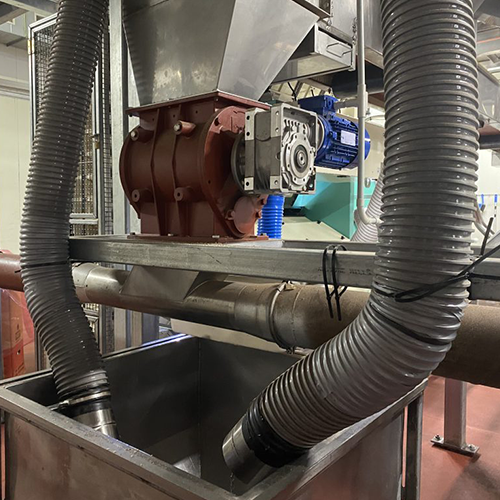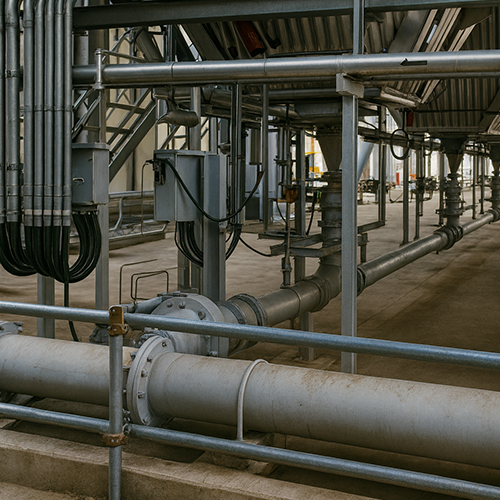The Lean Phase Pneumatic Conveying System by KI CONEQUIP is an advanced bulk material handling solution designed for transporting powders and granules at high velocity using low-pressure air. Ideal for lightweight, non-abrasive, and free-flowing materials, this system ensures continuous conveying with minimal material degradation and high conveying efficiency.
Built with blowers, rotary airlock feeders, pipelines, filters, and automated control systems, the KI CONEQUIP Lean Phase Conveying System enables smooth and dust-free material transfer over long distances. Widely used in plastics, food processing, chemicals, pharmaceuticals, flour mills, and packaging industries, it enhances production efficiency, reduces manual handling, and maintains a clean and safe working environment.
Request A Quote




